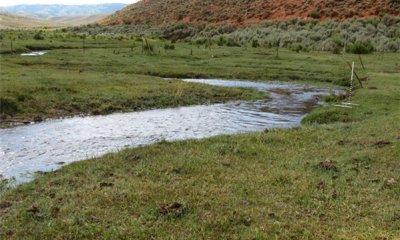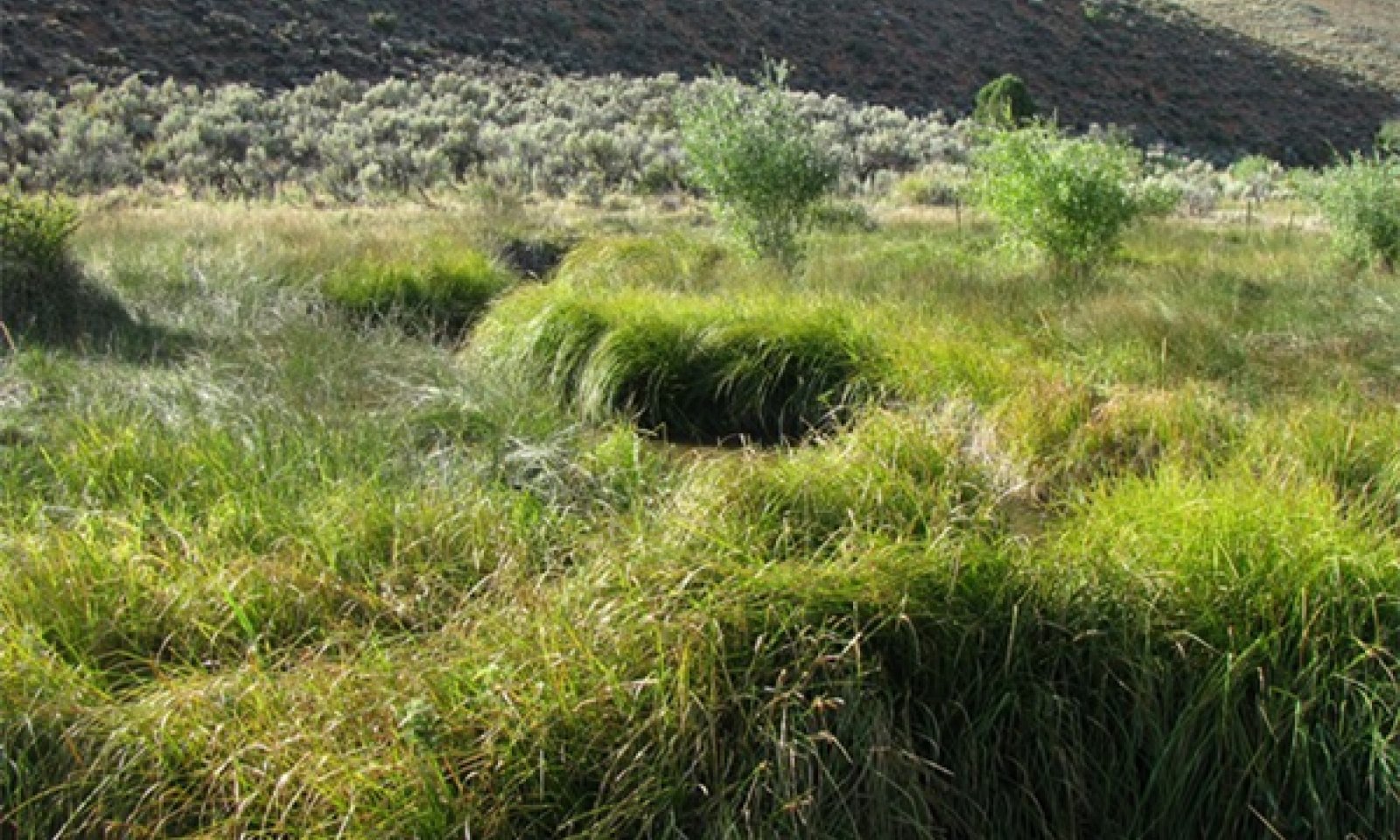
Riparian Complex Perennial Gravelly VIII/E4 (Geyers Willow/Northwest Territory Sedge)
Scenario model
Current ecosystem state
Select a state
Management practices/drivers
Select a transition or restoration pathway
- Transition 1 More details
- Transition 2 More details
-
No transition or restoration pathway between the selected states has been described
Target ecosystem state
Select a state
State 1
Reference State







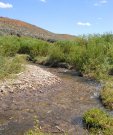


Description
This state is represented by a beaver influenced riparian area or an E4 channel. Beaver influence may be patchy and not affect the entire site at one time. Beaver dams on this site will create ponds and slow water movement and will shift the plant composition to more obligate wetland species. The stream immediately above or below an abandoned beaver dam may have more “C4” channel geometry temporarily as the sediment deposited upstream of the dam is exposed and re-worked downstream. This exposed sediment is then available for plant colonization.
Submodel
Description
This state is characterized by a shift in the composition of plant community components due to season long grazing pressure. The sedges and willow typically found on the streambanks are particularly palatable to livestock and can be grazed at a level that weakens the plant eventually leading to loss from the site (i.e. Northwest Territory sedge). Kentucky bluegrass often replaces these sedges along the streambank (see Ecological Dynamics section).
Submodel
State 3
Re-established Flood plain State
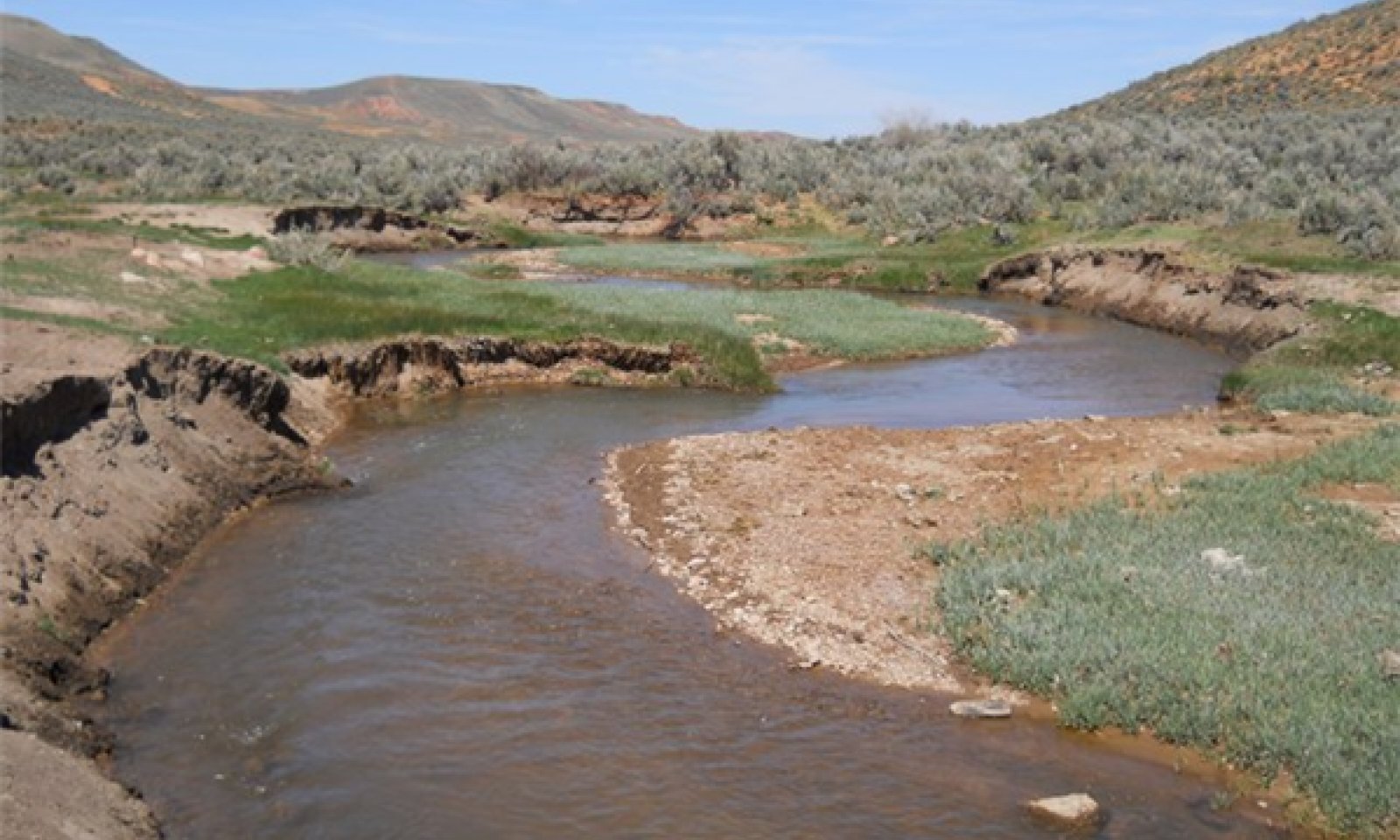

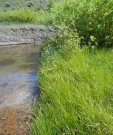


Description
This state is characterized by riparian areas that have down cut and reestablished floodplains at a lower elevation. The riparian area is narrower than reference condition, but otherwise functions similarly. Beaver may affect this state, if the proper food source is available.
Submodel
Mechanism
Removal of bank stabilizing vegetation creating unstable banks that are eroded
Plant communities with higher groundwater can be colonized by reed canary grass and all communities can be colonized by Kentucky bluegrass and thistles.
Model keys
Briefcase
Add ecological sites and Major Land Resource Areas to your briefcase by clicking on the briefcase (![]() ) icon wherever it occurs. Drag and drop items to reorder. Cookies are used to store briefcase items between browsing sessions. Because of this, the number of items that can be added to your briefcase is limited, and briefcase items added on one device and browser cannot be accessed from another device or browser. Users who do not wish to place cookies on their devices should not use the briefcase tool. Briefcase cookies serve no other purpose than described here and are deleted whenever browsing history is cleared.
) icon wherever it occurs. Drag and drop items to reorder. Cookies are used to store briefcase items between browsing sessions. Because of this, the number of items that can be added to your briefcase is limited, and briefcase items added on one device and browser cannot be accessed from another device or browser. Users who do not wish to place cookies on their devices should not use the briefcase tool. Briefcase cookies serve no other purpose than described here and are deleted whenever browsing history is cleared.
Ecological sites
Major Land Resource Areas
The Ecosystem Dynamics Interpretive Tool is an information system framework developed by the USDA-ARS Jornada Experimental Range, USDA Natural Resources Conservation Service, and New Mexico State University.

